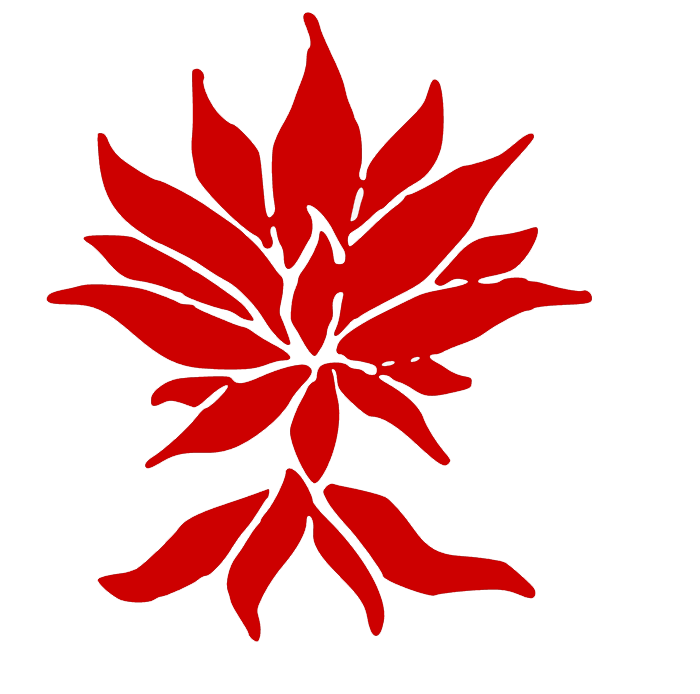Maths
Mastery for Mathematics
At Singleton, we believe it is important that children develop a deep, long term, secure and adaptable understanding of the subject. The phrase ‘teaching for mastery’ describes the elements of classroom practice and school organisation that combine to give pupils the best chances of mastering maths.
In order to support our approach to teaching for Mastery of Mathematics, we will use the White Rose Maths materials to support our planning and teaching from September 2020.
The entire school will be developing the use of White Rose Maths and Mastery for Maths over the next 2 years and will become part of our 2020-22 school improvement plan.
These materials:
- Have number at their heart. A large proportion of time is spent reinforcing number to build competency.
- Ensure planning supports the ideal of depth of learning before breadth of learning.
- Provide plenty of opportunities to build reasoning and problem solving elements into the curriculum.
As a school we will use the Concrete Pictorial Abstract approach to teach maths. This is a highly effective approach to teaching that develops a deep and sustainable understanding of maths.
Concrete
Concrete is the “doing” stage, using concrete objects to model problems. Instead of the traditional method of maths teaching, where a teacher demonstrates how to solve a problem, the CPA approach brings concepts to life by allowing children to experience and handle physical objects themselves. Every new abstract concept is learned first with a “concrete” or physical experience.
For example, if a problem is about dividing 6 apples between 2 bowls , the children might first use apples before progressing to handling cubes to represent the fruit.
Pictorial
Pictorial is the “seeing” stage, using representations of the objects to model problems. This stage encourages children to make a mental connection between the physical object and abstract levels of understanding by drawing or looking at pictures, circles, diagrams or models which represent the objects in the problem.
Building or drawing a model makes it easier for children to grasp concepts they traditionally find more difficult, such as fractions, as it helps them visualise the problem and make it more accessible.
Abstract
Abstract is the “symbolic” stage, where children are able to use abstract symbols.
Only once a child has demonstrated that they have a solid understanding of the “concrete” and “pictorial” representations of the problem, can the teacher introduce the more “abstract” concept, such as mathematical symbols. Children are introduced to the concept at a symbolic level, using only numbers, notation, and mathematical symbols, for example +, –, x, / to indicate addition, multiplication, or division.
These stages are not age limited and children will go between the stages as they are introduced to and then master new concepts. .
